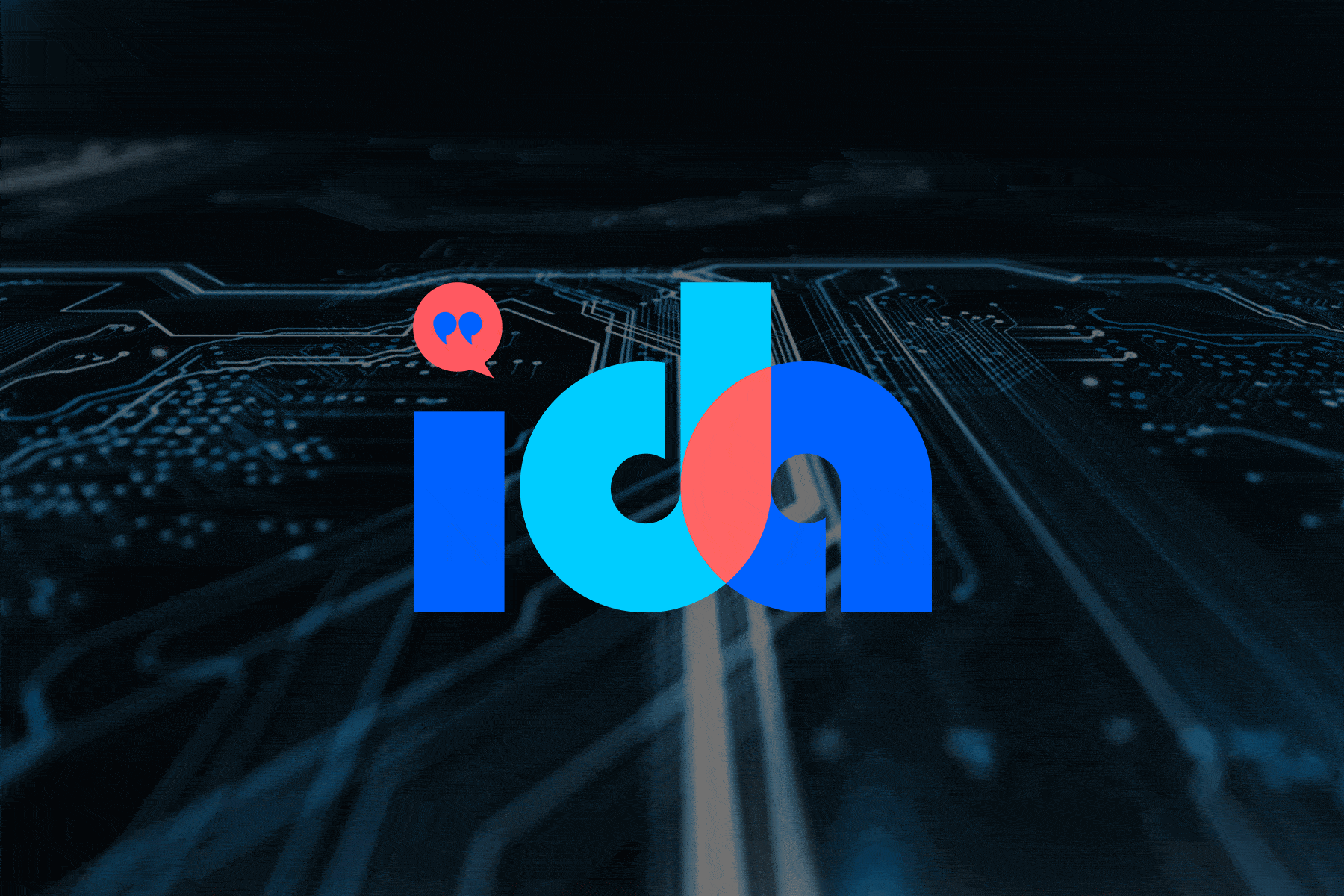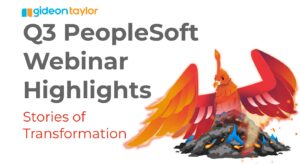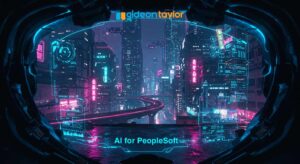Higher education is facing an alarming surge in application and financial aid fraud. Colleges are seeing thousands of fake student records, with millions of dollars in aid being stolen or misdirected each year. The cost of these scams is not only financial but also reputational, as schools struggle to maintain trust and ensure that legitimate students receive the support they need. This growing crisis has become one of the most urgent challenges for campus IT and financial aid teams, prompting new efforts to bring smarter tools and stronger data defenses into the admissions and aid process.
The Hidden Cost of Fraud in Higher Education
Application fraud isn’t a minor nuisance anymore; it’s a multimillion-dollar crisis. According to the U.S. Department of Education, nearly $90 million in federal aid was disbursed to ineligible recipients in 2025, including more than $30 million to deceased individuals over the past three years. By early 2025, another $40 million in Direct Loans and $6 million in Pell Grants had gone to people who shouldn’t have received them. That’s money that could have funded real students, real learning, and real futures.
The state-level picture isn’t any prettier. California community colleges reported that 31% of 2024 applications were likely fraudulent, over 1.2 million fake applications in one year. That wave of ghost students led to an estimated $10–13 million in stolen aid. Sector-wide, analysts estimate higher ed institutions lose upward of $100 million each year to these scams.
These aren’t just numbers; they represent a growing threat to the integrity and financial stability of colleges and universities. While schools wait for federal intervention, many are realizing they need to take matters into their own hands.
The Challenge with Traditional ID Verification
The simple answer is ID verification, right? While these tools can filter out fake applicants, they often create new problems for legitimate students. Each extra verification step, such as uploading IDs, logging into a separate portal, or joining a Zoom call, adds friction to the enrollment process. Students without reliable phones or broadband connections find these steps especially difficult, and academic teams frequently push back on anything that makes applying or enrolling more complicated.
The question higher education leaders are now asking is: can fraud be stopped without making access to learning harder? The answer lies in solutions that protect the system from the inside, reducing fraud without raising barriers for real students.
How PeopleSoft and Embedded AI Are Changing the Game
That’s where Gideon Taylor and Oracle come in. PeopleSoft is already the backbone of student systems for thousands of institutions. By bringing Embedded AI directly into PeopleSoft, GT and Oracle are turning that backbone into an intelligent defense system.
Here’s how it works: GT is helping schools implement custom AI models built on Oracle Cloud’s embedded capabilities. These models are tuned specifically to each school’s data patterns, behaviors, and fraud signatures. When a suspicious application hits the system, the AI flags it before any funds move. A hold is automatically placed on the student record, and a human review process kicks in, ensuring that legitimate students don’t get caught in the crossfire.
It’s a hybrid model of trust and technology: AI spots the anomalies, and humans confirm the strongest suspicions. Over time, the AI learns from each review, becoming sharper and more accurate. The result is a safer, smarter, and faster way to protect institutional funds and student access.
The Oracle Advantage: Security Without Compromise
Fraud prevention is only as strong as the data security behind it. For institutions running PeopleSoft on Oracle Cloud Infrastructure (OCI), this solution offers a unique edge: it’s a no-data-copy model. That means your PeopleSoft data never leaves your secure environment; the AI works directly within it.
This architecture eliminates one of the biggest risks in modern AI: data sprawl. With Oracle’s embedded capabilities, you get real-time intelligence without compromising compliance or privacy. That’s a game changer for IT and compliance teams under pressure to protect sensitive student data.
A Smarter Future for Higher Ed
As the education sector faces increasing digital threats, the partnership between Gideon Taylor and Oracle shows how innovation can be both secure and human-centric. By combining PeopleSoft’s deep functionality with Oracle’s AI, institutions now have the power to proactively stop fraud before it drains resources.
This isn’t about replacing people; it’s about empowering them. Financial aid officers, IT leaders, and administrators finally have the tools to identify risks early, act quickly, and protect the students who truly need support.
Join the Fight Against Application Fraud
If your institution uses PeopleSoft and is struggling with fraudulent applications or aid abuse, Gideon Taylor wants to hear from you. GT’s AI-driven fraud prevention program can help colleges and universities take control of their data, stop ghost students in their tracks, and safeguard millions in financial aid.
Contact us today to learn how you can leverage Embedded AI in PeopleSoft to secure your institution’s future.






